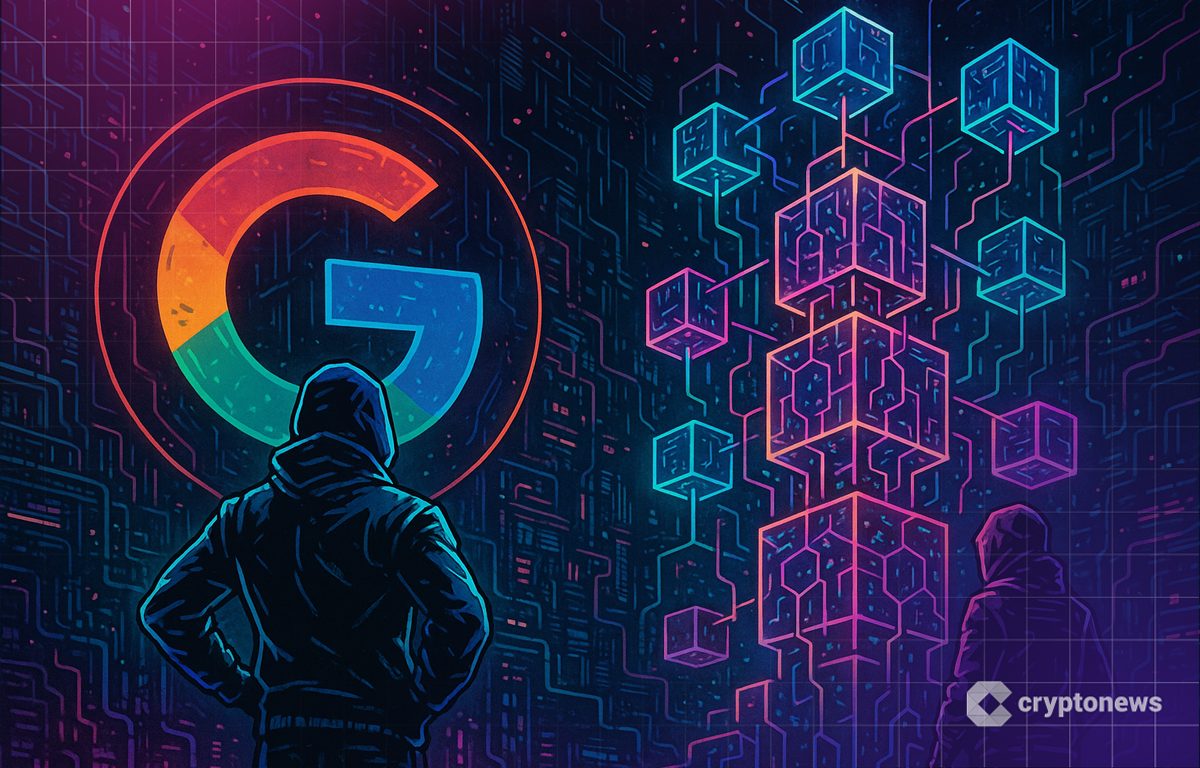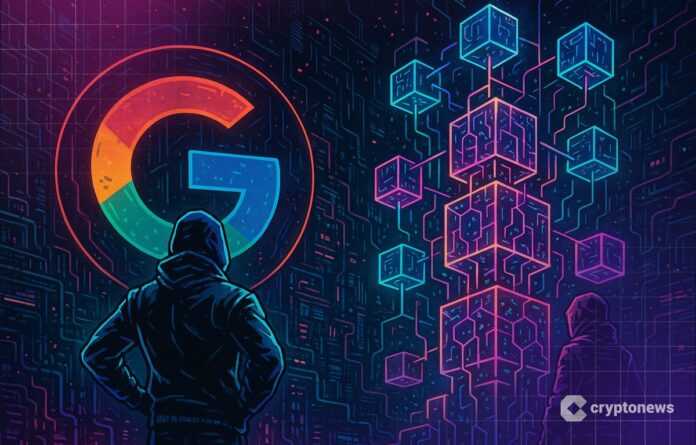Google’s Entrance into the Blockchain Space: A Mixed Bag for Web3
Google’s announcement of a layer-1 blockchain has sent shockwaves through the web3 community, with some founders welcoming the move and others expressing concern. As a $2.9 trillion giant with over 5.6 billion users, Google’s entry into the blockchain space is expected to bring much-needed improvements to the user experience. However, some experts worry that Google’s involvement could harm decentralization, a core ethos of web3.
The internet has come a long way since its early days, when only engineers and computer scientists could navigate it. The advent of search engines, particularly Google, made the world’s information accessible to everyone. With Google, we can now find answers to any question with just a few clicks. The user-friendliness of the internet was unlocked, and the world is now at our fingertips.
The Evolution of the Internet and the Rise of Web3
The internet has undergone significant transformations over the years, from the early days of web1 to the current web3 era. Web2 brought about the invention of social media, allowing users to create and curate content without needing to know how to code. However, web3 is a different game, with blockchain technology introducing a new level of complexity. While some pioneers are working to abstract this complexity and focus on user experience, others are not.
One of the major hurdles holding back blockchain is friction. Comfortable wallets, fluctuating token prices, and a labyrinth of rules that no one can agree on make web3 feel like a closed club. To address this, some blockchain experts are focusing on the most important pain points, such as eliminating confusing setups, tokens that crash and climb overnight, and mysterious gas fees. They are integrating stable coins directly into their protocols, making crypto feel like cash.
Google’s Blockchain and the Future of Web3
Google’s blockchain, GCUL, will feature Python-based smart contracts and aim to be a neutral infrastructure for finance with “Native Commercial Bank Money on-Chain”, 24/7 CAP Markets Infra, payments, and agent skills. While this is a great development for decentralized finance, some experts are concerned that Google’s involvement could lead to centralization, which contradicts the core ethos of decentralization.
Google has the authority to reduce more obstacles by weaving blockchain into apps, payments, and services that people use every day. However, instead of doing so, Google is creating another financial layer. While this is great for confirming decentralized finance, it is not enough. Finances are just one application, and smooth payments are a reality. Blockchains can build an ecosystem of trust between the digital and physical worlds, and if it becomes user-friendly, this could be a silent revolution.
Google, Think Bigger
Big thinking means introducing yourself to the blueprint for a trustworthy future instead of trying to build a better digital dollar. Google has what it takes to drive web3 in a way that prioritizes user experience and decentralization. The company should focus on creating a better future by introducing a trustworthy ecosystem, rather than just competing with existing payment systems.
As the web3 community continues to evolve, it is clear that blockchain is now at a decisive moment. Will the technology make funding a little easier, or will it change the world by creating a level of trust for everyone? For those who truly prioritize UX and UI, it is the latter. Web3 needs Google, and it is hoped that the company will go beyond payments and join the blockchain community in creating a better future.
Read more about Google’s blockchain and its implications for web3 in the original article: https://cryptonews.com/exclusives/google-entirely-missed-the-point-of-web3/


